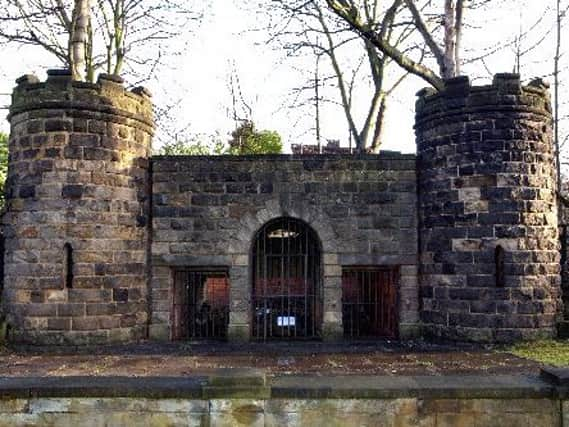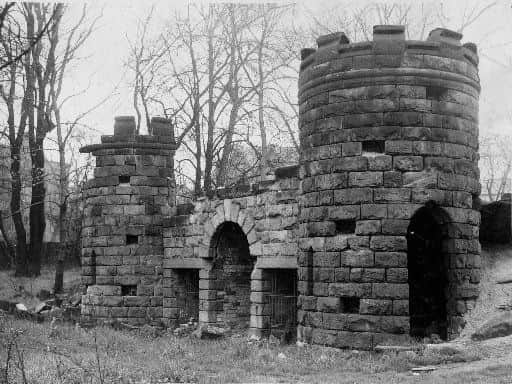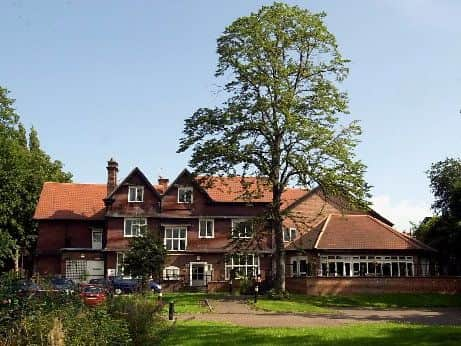The Leeds Zoo: The story of a failed tourist attraction


During the 19th century, specimens were brought back from the fast-expanding British Empire and kept as pets in Britain, in both public zoos and private collections.
It was as a result of this climate of fascination that the Leeds Zoological and Botanical Garden was created. An area of land off Cardigan Road in Headingley was chosen as the site of the Leeds zoo, due to its distance from the industrial pollution of the city centre and its proximity to the newly-built villas owned by the middle classes who were expected to promenade in its botanical gardens.
Advertisement
Hide AdAdvertisement
Hide AdA castle-like bear pit which can still be seen today - it's now a listed building - was constructed, and there was also a monkey enclosure, swans and an eagle when the new attraction opened in 1848. Visitors were said to be able to feed bananas to the bear when it climbed up a tree inside the pit to reach the top.


Bear-baiting had been outlawed by this time, so they were kept for interest and scientific study in pits built to resemble wishing wells. An unfortunate incident at the Orangery in Wakefield during this period saw a captive bear escape and kill a woman before going on a rampage around the gardens.
The Headingley brown bear would be viewed from the turrets above the pit, with visitors climbing spiral stairs to access the platform.
There was great excitement at the zoo's opening, and the modern Burley Park Station was even named Royal Gardens Station to entice visitors. Yet the feted venture lasted only eight years, and by 1848 the entire site had been sold to businessman Thomas Clapham for building plots.
Advertisement
Hide AdAdvertisement
Hide AdProblems arose after it was decided that the zoo would only open late on Sunday afternoons to protect church attendances. Yet Sunday was the only day off for mill and factory workers, and it struggled to attract large numbers of working-class families during this brief window of opportunity. Ticket prices were also deemed to be too high, even for middle-class residents of Headingley.


More villas were eventually constructed in the area, leaving the bear pit marooned on its own. One of the original fountains can still be found in what is now a private garden, and several exotic plant and tree specimens remain visible on the old site.